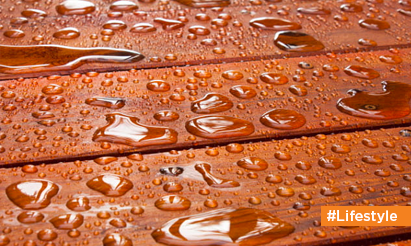Freeze and Feast: How to Preserve Freshness in Fruits and Vegetables!
Fresh fruits and vegetables are not only delicious but also packed with essential nutrients that are vital for our health. However, they have a limited shelf life, and it’s not always possible to consume them all before they start to spoil. Fortunately, freezing is an excellent way to preserve the freshness and flavor of your favorite produce for an extended period. In this blog, we’ll explore the art of freezing fruits and vegetables to maintain their quality and nutritional value.
Why Freeze Fruits and Vegetables?
Freezing is a fantastic preservation method for several reasons:
- Locks in Nutrients: Freezing fruits and vegetables at their peak ripeness helps retain their nutritional value. Unlike canning or some other preservation methods, freezing doesn’t require high temperatures that can break down vitamins and minerals.
- Extended Shelf Life: Frozen produce can last for months or even longer when stored properly, allowing you to enjoy your favorite fruits and veggies out of season.
- Convenience: Frozen fruits and vegetables are convenient for busy lifestyles. You can have access to your favorite ingredients for smoothies, soups, stir-fries, and more, without frequent grocery store trips.
- Minimizes Food Waste: By freezing excess produce before it goes bad, you can reduce food waste and save money.
Now, let’s dive into the steps for freezing fruits and vegetables effectively.
Freezing Fruits
Freezing fruits is a straightforward process that involves a few key steps:
- Choose Ripe Fruits: Select ripe, high-quality fruits. Rinse them thoroughly to remove any dirt or residue.
- Prepare and Cut: Depending on the type of fruit, peel, pit, and slice it into suitable pieces. For example, berries can be frozen whole, while apples and peaches should be peeled and sliced.
- Pre-Treatment (optional): Some fruits may benefit from pre-treatment to maintain their color and texture. For instance, you can blanch peaches or apricots for a minute before freezing.
- Packaging: Place the prepared fruit into airtight containers or freezer bags. Be sure to remove excess air to prevent freezer burn. Label containers with the date to keep track of freshness.
- Freeze: Store the fruit in the freezer at 0°F (-18°C) or lower.
Freezing Vegetables
Freezing vegetables is a bit more involved due to the potential for enzymatic reactions and moisture content. Here’s how to do it correctly:
- Select Fresh Vegetables: Choose fresh, ripe vegetables from your garden or the store. Wash them thoroughly.
- Blanching: Blanching is a crucial step to inactivate enzymes that can cause off-flavors and nutrient loss. Boil a pot of water and immerse the vegetables for a brief time (typically 1-3 minutes, depending on the vegetable). Then, quickly cool them in an ice bath to halt the cooking process.
- Drain and Dry: After blanching, ensure the vegetables are well-drained and pat them dry to remove excess moisture.
- Packaging: Place the blanched and dried vegetables into airtight containers or freezer bags, removing as much air as possible. Label and date the containers.
- Freeze: Store the vegetables in the freezer at 0°F (-18°C) or lower.
General Tips for Freezing
Here are some additional tips to keep in mind:
- Use airtight containers or freezer bags designed for freezing to prevent freezer burn.
- Leave some headspace in containers to allow for expansion as the produce freezes.
- When thawing, do it slowly in the refrigerator to preserve texture and flavor.
- Some fruits may discolor when frozen; you can add a bit of lemon juice or ascorbic acid to help maintain color.
- Consider portioning fruits and vegetables into serving-sized portions to make meal planning easier.
Conclusion
Freezing fruits and vegetables is a fantastic way to preserve their freshness and extend their shelf life. By following the steps mentioned above and paying attention to individual fruit and vegetable requirements, you can enjoy the flavors and nutrients of your favorite produce year-round. Plus, it’s an eco-friendly way to reduce food waste and make the most of seasonal harvests. So, don’t let your excess produce go to waste; freeze it for future culinary delights!
Disclaimer: The views expressed above are for informational purposes only based on industry reports and related news stories. PropertyPistol does not guarantee the accuracy, completeness, or reliability of the information and shall not be held responsible for any action taken based on the published information.




